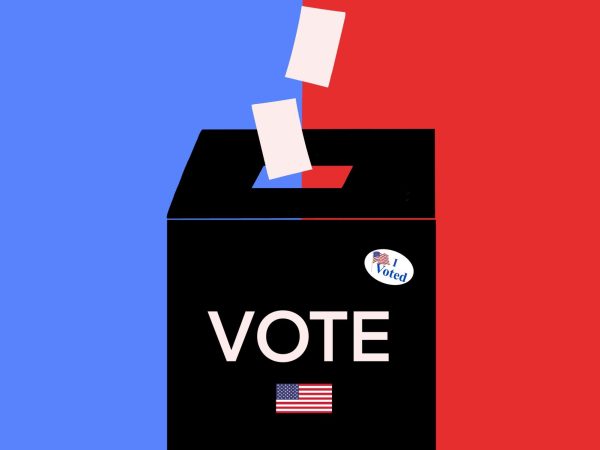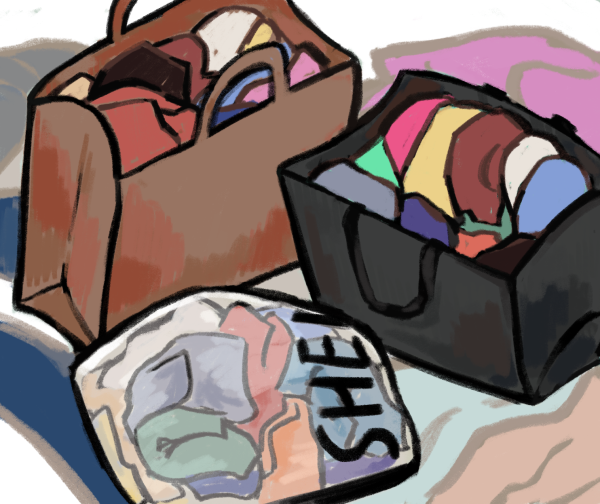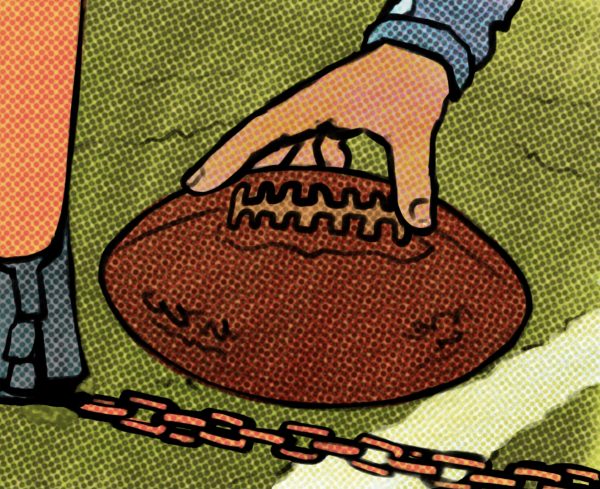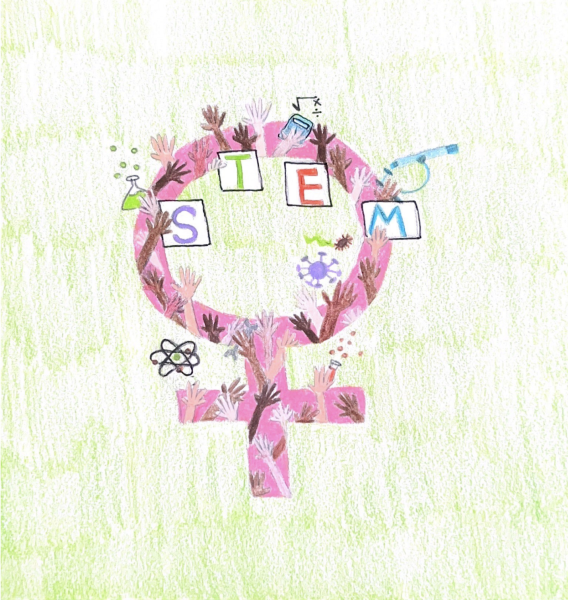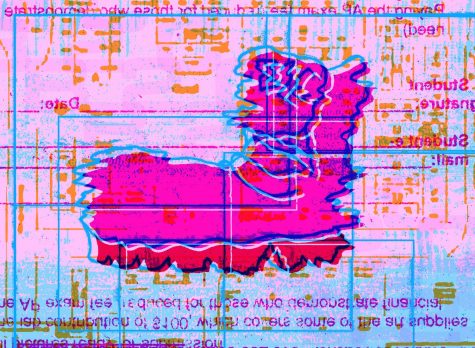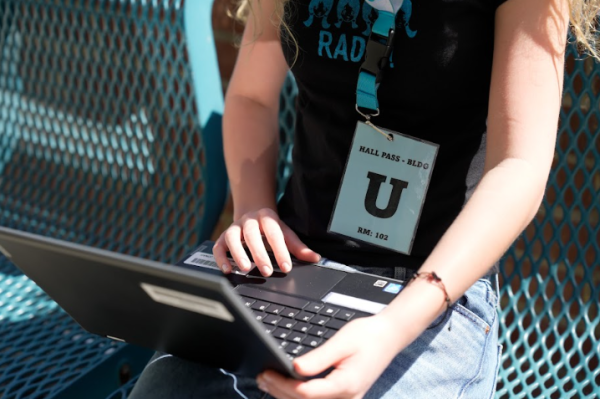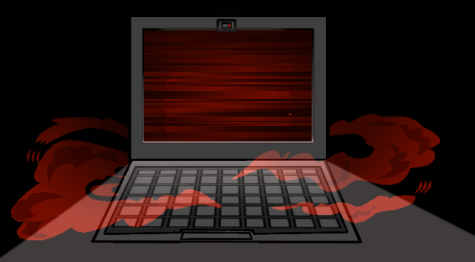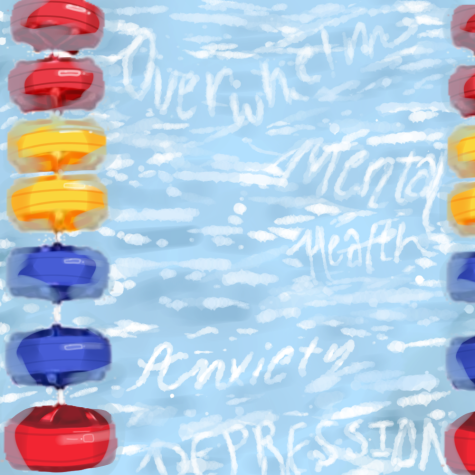Is There Reason to Celebrate the One-Year Anniversary of eLearning?
The date March 12, 2020 will be ingrained in many Pali students’ memories as possibly the last day of normal high school. On this day one year ago, students and staff were sent home. And there, they’ve remained.
At the time, there were 556 cases of COVID-19 in the United States and only 68 cases in all of California. Many people thought COVID-19 would last two weeks and blow over like the flu season. However, a year later, the numbers tell a different story.
As of March 12, 2021, 29.8 million COVID-19 cases have been documented in the United States, including 3.61 million cases in California.
The virtual program Zoom, relatively unknown pre-pandemic, shot up in value when people across the country and the world bookmarked it on their computers. One hundred-minute classes were replaced with one-hour Zoom classes with teachers forced to assign independent digital work.
Quarantine has caused teenagers to mature at varying levels, with some honing computing skills and others searching for a hotspot. What would have been a year filled with meeting new people, character development and personalized instruction was replaced with a year of online solitary confinement.
“I feel like I’ve lost a year,” Pali senior Claudia Goore said. “I feel like someone should try to extend everyone’s life because this was such a waste of time.”
Goore began quarantine as a 16-year-old just learning how to drive. Now, she is almost 18, and will soon graduate and go off to college.
Looking back, Goore says she is dismayed by the realization that she spent the pivotal year in near isolation. “It’s not like turning 42 to 43,” she explained. “It’s 16 to 18. You do specific things at those ages that we’re not going to be able to do.”
Instead of in-person social events like senior tie-dye or ASB spirit days, the past year has been filled with Schoology flyers and Zoom links. Additionally, with no in-person sports at Pali, students have had to find time to exercise on their own and complete weekly Zoom check-ins with their teammates.
“There is so much more to high school than just the academics,” physical education teacher Ray Marsden said. “There’s the socials, there’s playing sports and there’s going to dances.”
He added: “Our hearts bleed for you all. Twenty-five percent of an awesome chapter of your life was basically removed, and you can’t get it back.”
With no in-person extracurricular activities, sports or social events on campus, students became focused on just academics. They’ve seen both the positive and negative consequences of both in-person and eLearning.
This year may have changed the education system forever because it has forced many teachers to adapt to technology and many school districts to rethink traditional bell schedules. Teachers have restructured learning activities, breaking the cycle of photocopying 10-year-old worksheets and embracing EdPuzzles.
Randy Tenan-Snow, English department co-chair, said, “It’s not that my perspective of teaching has changed; it’s my delivery.”
Tenan-Snow has noticed that, compared to previous years, her current students have shorter attention spans and take fewer notes. She attempts to address these issues by using Zoom breakout rooms, creating opportunities for students to discuss their course concepts.
The atmosphere of the classroom — questions bouncing off the walls, teachers going on tangents and announcements randomly blaring from the public-address system — may never return.
Distanced learning is awkward, quiet and intangible. The learning curve seems to stretch on for light years, leaving some students too confused to focus while others click ahead to the next assignment.
Pali senior Thomas Kuc explained that he has had to teach himself in many classes, relying on technology in instances when he would have simply asked a teacher or a classmate a question. “I think I’m street smarter,” he said. “I have more knowledge about the world, the news and politics, but school-wise, I think I have definitely lost some of my intellect in the last year.”
For now, students are waiting on a return to in-person education. Tenan-Snow predicted that by Spring 2022, Pali will be fully back on campus, whether that be in cohorts or classes of 40 students.
She’s hopeful that when campus does fully reopen, students and staff will have new perspectives regarding the traditional school schedule.
“Why can’t we have a four-day week in person and an asynchronous Friday at home where kids can get their homework done and catch up?” Tenan-Snow proposed.
For decades, students have been going to school for four to six hours every day and five days every week, totaling 180 school days. This eLearning experience may present an opportunity to revise, if not, reimagine this outdated system.
Online classes and new technology have revealed the benefits of at-home learning.
“I’m scared, though,” Tenan-Snow said. “I’m scared because I feel that education in the public sector changes so slowly. I know some teachers will change, but I don’t know that the system will change.”
Through the ups and downs, eLearning is a lesson for all, whether it taught teachers how to tap into the endless benefits of technology or allowed students to appreciate any and all in-person social interaction.
We may not be able to get this last year back, but at least it will be a year to remember. Maybe two.

This is Peyton Pollard’s first time on the Tideline staff but she is excited to be a part of the team as a senior. Peyton’s love for journalism started...

Philip Venkov is an artist, graphic designer, and mostly functioning human being. He runs track, too.



